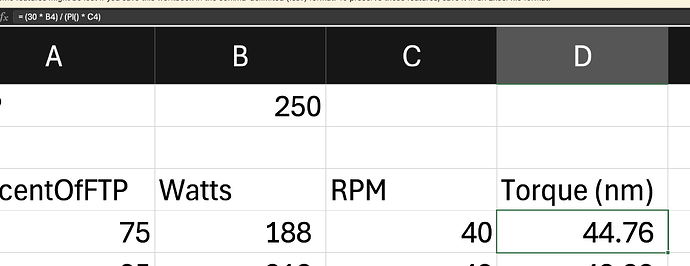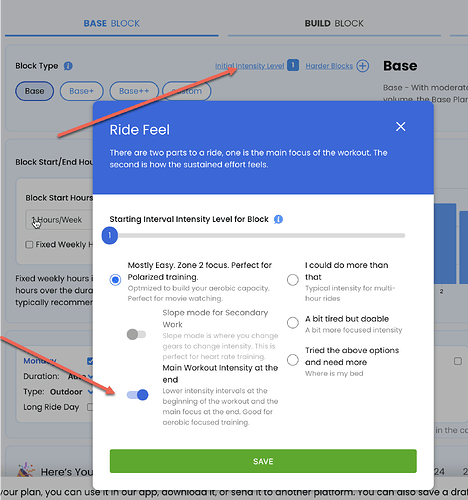Like Alex points out, the most important thing is getting out there and doing things. I don’t want to downplay the importance of theory, research, or myself, for that matter, but training on the bike is what yields results, and there are many ways to achieve them.
It is never the case that an extra 45 minutes does nothing. First of all, it might take up to 45 minutes, but it could be shorter, depending on various factors, such as intensity, your lactate threshold, and your ability to recover.
There is also the point of fatigue resistance, which comes with more training. The thought behind fatigue resistance is that you could do your intervals first, and follow them up with easy riding.
In the last weeks before your end goal you switch and do the easy riding first, followed by the intervals.
The big idea is that in the beginning, you want to be fresh for the intensity part, so you can maximize growth. Towards the end of your period, you want to train yourself to do these intense efforts when you are already tired.
Apart from Pogacar and Van der Poel, who start the final mid-race, the end of the race is where you still want to be as fresh as you can be. Like the Marmotte (Alps edition) that finishes on Alpe d’Huez, Trois Ballons that finishes on La Planche des Belles Filles, Liege-Bastogne-Liege that has two of its hardest climbs in the last 20 km, Maratona Dolomiti that finishes on Mür dl Giat.
Another important factor is that training is very personal too. If you don’t like your training, you will never be consistent.
On this matter, Alex and I are on the same page. I see that many cyclist kill themselves with too much high intensity. Most of the time for a few months a year, just to get into shape and do very little the rest of the year.
It is so important to be consistent throughout the year. Take a short break every now and then, and keep building your load towards different peaks throughout the year.
That is why you have the feeling that you aren’t doing enough right now. That is a good feeling, but also necassary. You are building up towards a peak, followd by a taper, a race and a rest period. Than start the complete cycle again.



